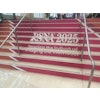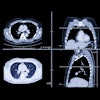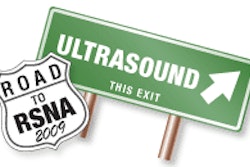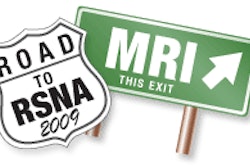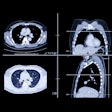Monday, November 30 | 3:40 p.m.- 3:50 p.m. | SSE12-05 | Room S102D
An audit of radiology service providers conducted by a radiology benefits management (RBM) firm found a 31% error rate, in which studies were incorrectly billed and exams were incorrectly ordered or not clinically necessary.Dr. Richard Chesbrough and colleagues from RadMetrics of Bingham Farms, MI, reviewed 100 radiology service providers in southeast Michigan -- including primary care physicians, podiatrists, specialty physicians, independent diagnostic testing facilities, and imaging centers. Modalities included in the audit were x-ray, ultrasound, CT, MR, and nuclear medicine; the insurance carrier involved was Blue Care Network.
Chesbrough's team collected data between July 2007 and July 2008, pulling 3,794 imaging procedures.
"We collected comprehensive site surveys, and sent auditors onsite to evaluate the physical layout of the various offices," Chesbrough told AuntMinnie.com. "In addition, clinical technologists performed in-depth analysis of selected imaging studies, applying standardized quality and utilization metrics."
Of the sampled studies, 11% had quality defects, including studies where there were artifacts or positioning/technique issues that significantly limited diagnostic information, the team wrote. Another 20% had coding, compliance, and billing issues and represented improper payments, including studies where there was no order for the examination or inappropriate indications.
Some studies were billed under complete diagnostic current procedural terminology (CPT) codes, yet only limited studies were performed, the team wrote. In other cases, protocol scanning was performed, with all patients receiving pre- and postcontrast examinations, without indications. In addition, a number of nontrained physicians performed their own interpretations of studies, without ability to demonstrate any training in the field.
"Overall, most centers were doing a reasonable job," Chesbrough said. "However, the overall error rate of 31% represents a potential 'recoupment rate' for insurance companies unwilling to pay for such nonstandard or 'nonsense' testing."
The study data support other published reports that show excess spending in imaging services, the team wrote, with potentially one in three imaging examinations performed below industry standards.
"Our study suggests that much more needs to be done to ensure quality, safety, and compliance with standards in the area of outpatient diagnostic radiology," Chesbrough said.

